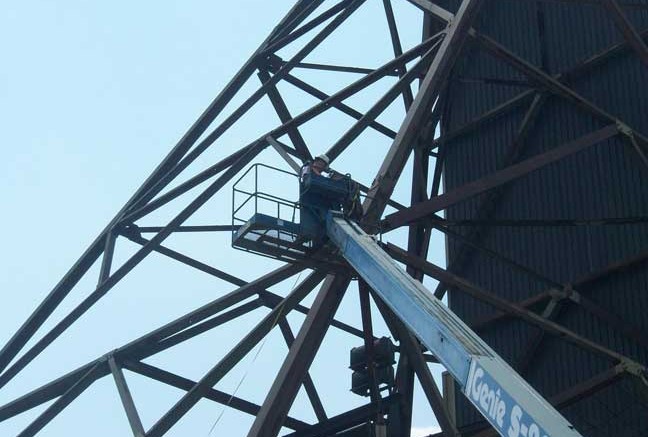Kirkland Lake Gold (TSX: KGI; US-OTC: KGI) kicked off 2014 with news that it is exploring alternatives to “enhance shareholder value that include a potential sale of the company’s shares or assets” and has set up a special committee made up of independent directors to review and evaluate all proposals. The news sent Kirkland Lake’s shares in Toronto down 13%, or 40¢ per share, to close at $2.60 on Jan. 6.
Mining analyst Cosmos Chiu of CIBC reasons that “the likelihood of a sale is low given the current appetite in the M&A market for this type of asset,” and argues instead the company “stands to unlock greater shareholder value by focusing on operational improvements internally.”
That is exactly what president and chief executive George Ogilvie is trying to do. Since joining the company in November 2013, he has implemented a hiring freeze, reduced capital and operating expenditures, and cut discretionary spending.
Indeed the strategic review is being carried out alongside a mine plan optimization program that the company unveiled in a corporate update on Dec. 5. In addition to implementing the cost-saving measures, Ogilvie and his team made an immediate decision to shut down the lowest grade stopes in an effort to raise the mine’s head grade.
“What we’re trying to do now is adjust the business plan for a much lower gold-price environment and we are in a very fortunate position in that the high-grade in our ore body allows us to do that,” Ogilvie explains in a telephone interview. “The final commissioning of the ball mill will take place before the end of January and at that point the infrastructure would support 2,200 tonnes a day, but the underground mine will not supply that because we’re not intending to take low-grade ore only to lose money.”
Over the course of the next month, Ogilvie plans to issue a new mine plan that will inform the market whether the current guidance numbers of 150,000 oz. gold to 200,000 oz. gold for the fiscal year ended April 30 are realistic or not. The company is also undertaking other initiatives to streamline the mine, which will be unveiled within the next thirty days.
“We’re not the only gold mine in the world that is having these same sorts of trials and tribulations,” says Ogilvie, a mining engineer educated in Scotland with many years of experience working in the deep gold mines of South Africa and also in Canada, where among other achievements he brought the Rambler exploration play in Newfoundland, and a former producing mine, back into production. Today the Rambler mine is profitable and free-cash flowing.
In terms of working his magic at Kirkland Lake Gold, Ogilvie says he is optimistic a turnaround can be made. “I wouldn’t have joined Kirkland Lake if I wasn’t optimistic,” he says. “It is an extremely high-grade mine and a world class ore body . . . We’ve got great people, we’ve got a very committed and experienced workforce . . . we just need to come up with a realistic mine plan and become efficient at what we do,” he adds. “You should expect to see something from us before the end of January in terms of expected tonnage and grade and a few other initiatives that we are working on to streamline other parts of the business.”
Last month the company’s budgeted spending for the remainder of the 2014 fiscal year that ends on April 30 was cut by about $2.1 million, generating an annualized savings of about $5 million.
Specific cost-saving initiatives that have been announced already include limiting exploration activities to one surface drill and two underground exploration drills; cutting back some consulting contracts; imposing a hiring freeze; terminating some employment contracts; and assessing outstanding capital requests on a case by case basis.
At the end of October 2013, Kirkland Lake signed a royalty agreement with Franco-Nevada (TSX: FNV; NYSE: FNV)under which it agreed to sell a 2.5% net smelter return royalty on its Macassa gold mine portfolio for net proceeds of US$50 million. The arrangement gives Kirkland Lake a three-year window to reclaim 1% of the NSR for US$36 million, less royalty proceeds that have been paid to Franco-Nevada prior to the date of the buy back. Franco-Nevada has the option of receiving its NSR payments in either gold bullion or cash, and has a right of first refusal on any future royalty or stream interests from Kirkland’s properties.
Kirkland has 70 million shares outstanding and over the last year has traded within a range of $2.21-6.93 per share. At presstime the company’s shares were trading at $2.64 apiece.


Be the first to comment on "Kirkland Lake Gold launches strategic review"